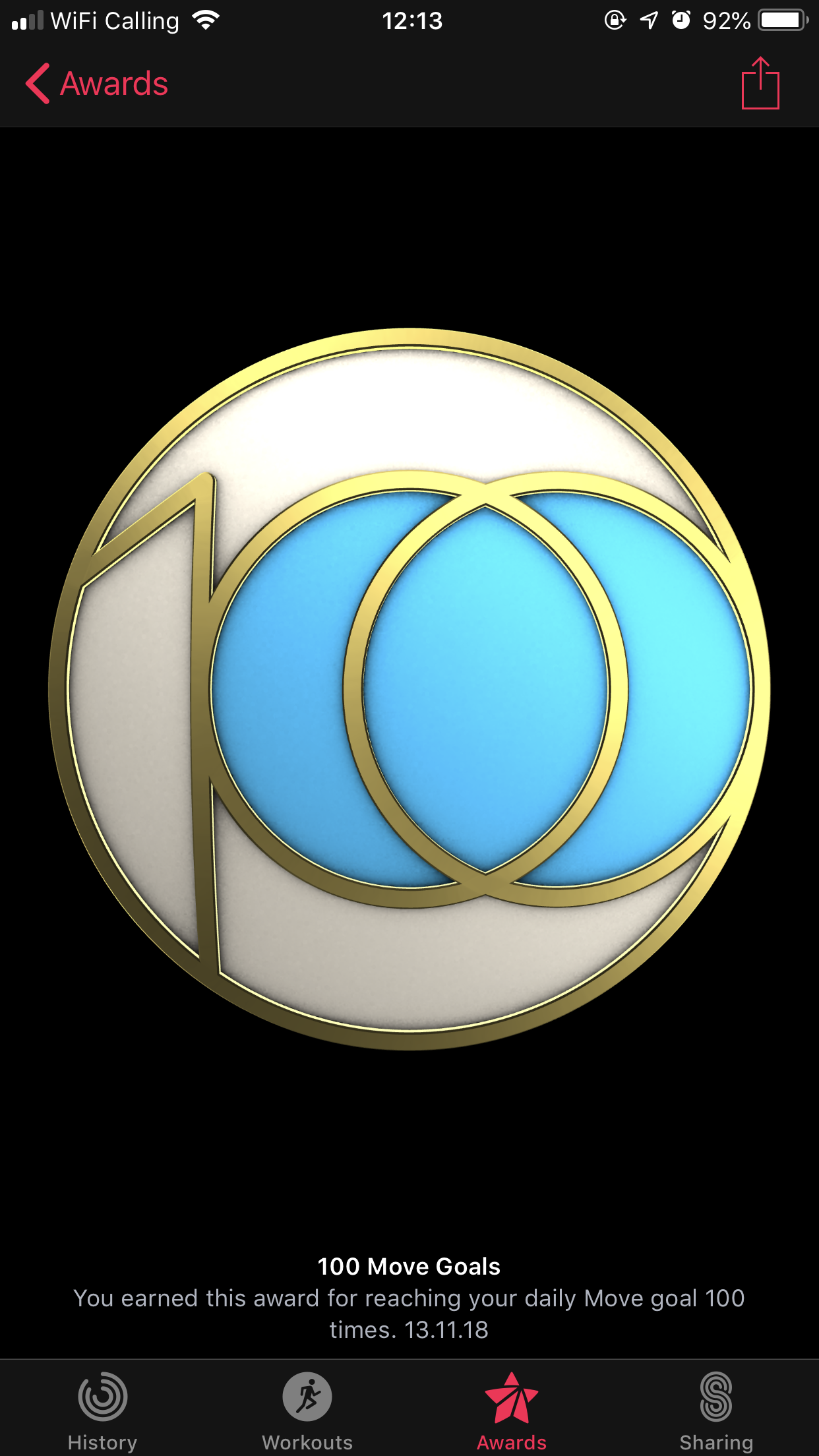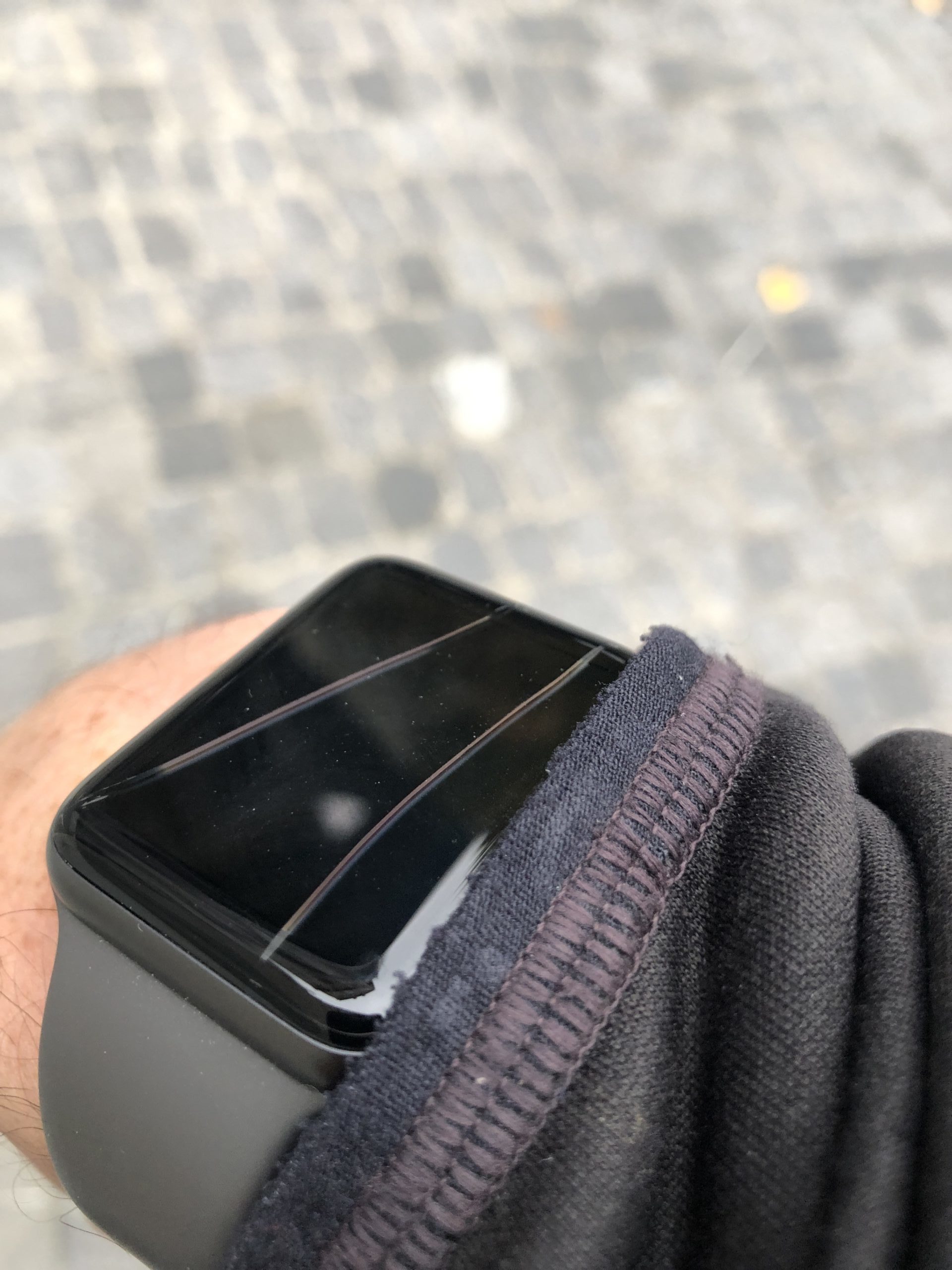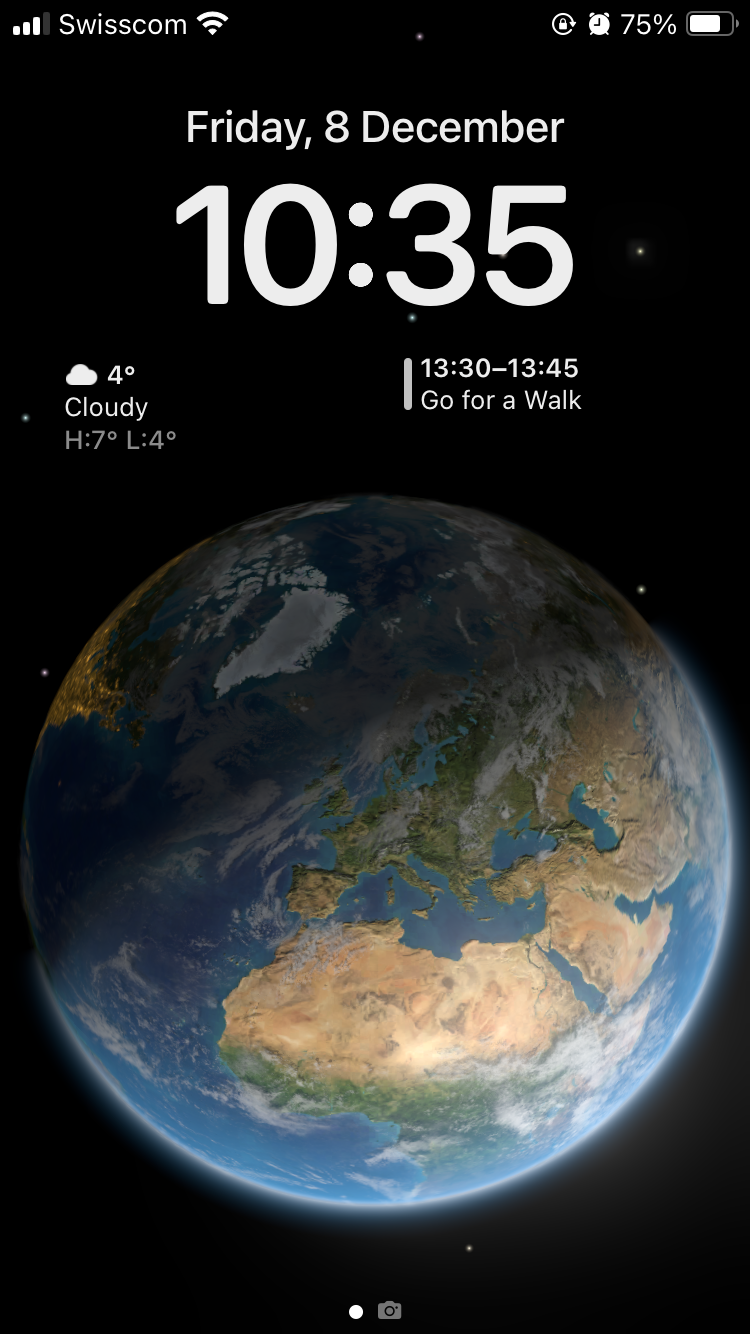Category: Apple
-

100 Move Day Goals reached
Reading Time: 2 minutesI have 100 move day goals reached. The difficulty of this goal depends on how high you set the bar. If you set the bar at two hundred calories a day then the goal is easy to achieve. If you set the goal at 500 or 600 calories then the achievement is…
-

Planned Obscolesence as Fragility
Reading Time: 4 minutesI want to discuss Planned obsolescence as fragility. In the days of Nokia you could buy a phone and give it to a teenage boy and expect it to survive without breaking. I know because I was a teenage boy with a Nokia phone. So were plenty of my peers. It was…
-

Indoor Climbing and the Apple Watch
Reading Time: 2 minutesIndoor Climbing and the Apple Watch are a bad mix. They are a bad mix because the Apple watch has an unprotected glass screen. The screen is so exposed that last Thursday I shattered the screen without realising until I got home and tried to use it but the capacitive screen did…
-
The Apple Watch does not fill a niche
Reading Time: 2 minutesThe Apple Watch rather than fill a niche provides a fifth screen. According to Wikipedia the four first screens are the cinema screen, the television screen and the mobile phone and tablet screen. The fifth screen is the smart watch as designed by Apple, Samsung, Sony and others. Apple and others have designed…




